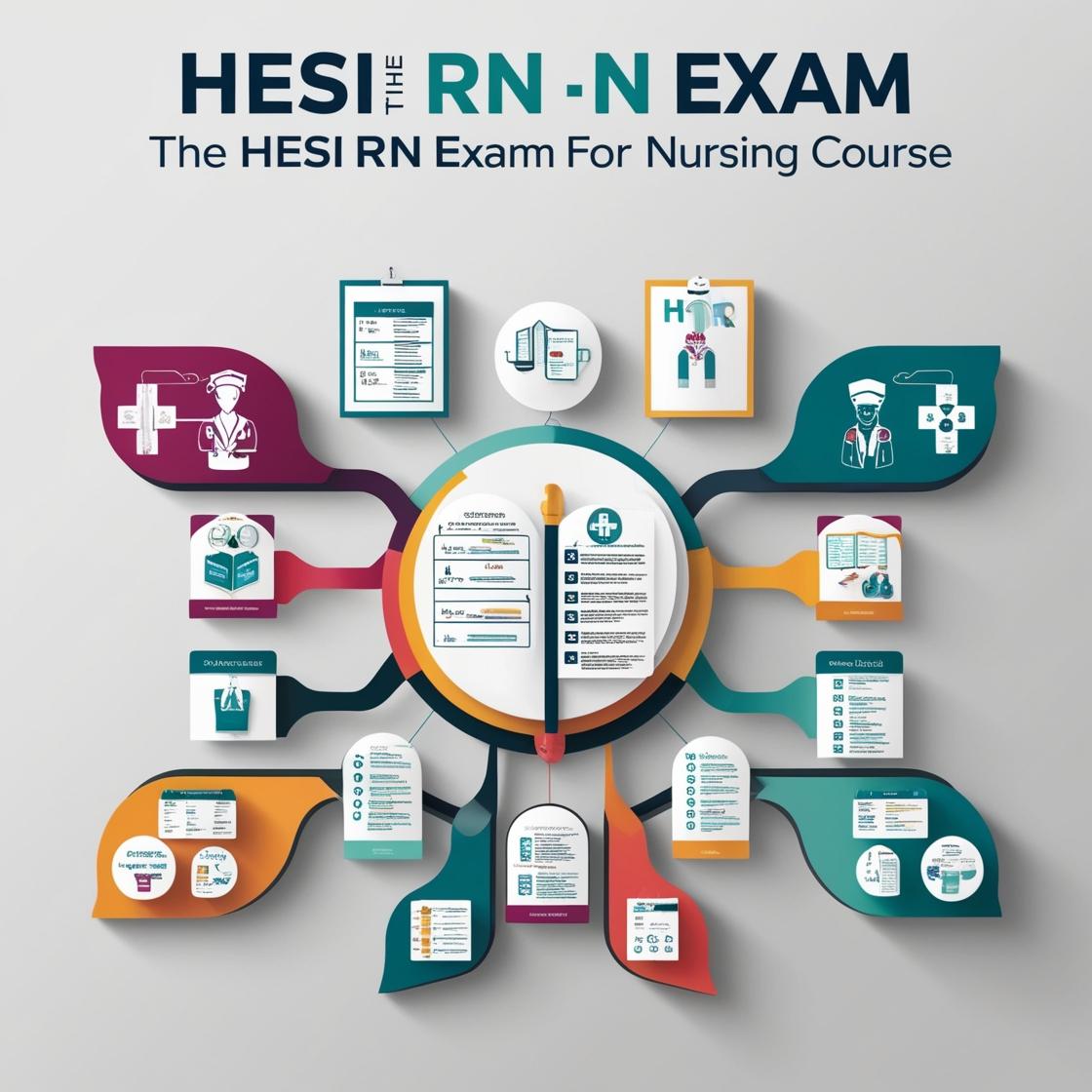HESI RN
HESI Pharmacology Quizlet
1. Glimepiride (Amaryl) is prescribed for a client with diabetes mellitus. A healthcare provider reinforces instructions for the client and advises them to avoid which of the following while taking this medication?
- A. Alcohol
- B. Organ meats
- C. Whole-grain cereals
- D. Carbonated beverages
Correct answer: A
Rationale: Alcohol should be avoided when taking glimepiride (Amaryl) because it can cause a disulfiram-like reaction and enhance the hypoglycemic effects of the medication. Consuming alcohol with glimepiride can lead to symptoms such as flushing, palpitations, nausea, and vomiting. Therefore, it is crucial for individuals on glimepiride therapy to steer clear of alcohol to prevent adverse reactions and maintain optimal medication efficacy.
2. A client is being educated about the use of sertraline (Zoloft) for depression. Which statement by the client indicates a need for further teaching?
- A. I should take the medication with a high-protein meal.
- B. I may experience dizziness when getting up quickly.
- C. I might notice a decrease in my sex drive.
- D. I should report any thoughts of self-harm to my healthcare provider.
Correct answer: A
Rationale: The statement 'I should take the medication with a high-protein meal' indicates a need for further teaching as sertraline (Zoloft) should not be taken with a high-protein meal due to potential interference with medication absorption. Choices B, C, and D are correct statements associated with the use of sertraline for depression. It is common to experience dizziness when quickly getting up, notice a decrease in sex drive, and important to report any thoughts of self-harm to the healthcare provider while on this medication.
3. After administering acetylcysteine (Mucomyst), 20% solution diluted in 0.9% normal saline by nebulizer, the nurse should have which item available for potential use?
- A. Ambu bag
- B. Intubation tray
- C. Nasogastric tube
- D. Suction equipment
Correct answer: D
Rationale: Acetylcysteine is administered via inhalation as a mucolytic. It helps liquefy secretions, making it easier for the client to clear them. However, in some cases, the increased volume of liquefied secretions may be challenging for the client to manage, leading to the potential need for suction equipment to assist in clearing the airway. Therefore, the nurse should have suction equipment available after administering acetylcysteine to address any issues related to excessive secretions.
4. A client with portosystemic encephalopathy is receiving oral lactulose (Chronulac) daily. The nurse assesses which of the following to determine medication effectiveness?
- A. Lung sounds
- B. Blood pressure
- C. Blood ammonia level
- D. Serum potassium level
Correct answer: C
Rationale: In portosystemic encephalopathy, the liver's ability to detoxify ammonia is impaired, leading to elevated blood ammonia levels, which can cause neurological symptoms such as encephalopathy. Lactulose is given to reduce ammonia levels by promoting its excretion through the bowel. Therefore, assessing the blood ammonia level is crucial to determine the effectiveness of lactulose therapy in managing portosystemic encephalopathy.
5. Carbamazepine (Tegretol) is prescribed for a client with a diagnosis of psychomotor seizures. The nurse reviews the client's health history, knowing that this medication is contraindicated if which of the following disorders is present?
- A. Headaches
- B. Liver disease
- C. Hypothyroidism
- D. Diabetes mellitus
Correct answer: B
Rationale: Carbamazepine (Tegretol) is contraindicated in liver disease due to its potential to cause hepatic toxicity. Regular monitoring of liver function tests is necessary when using this medication to detect any signs of liver damage.
Similar Questions

Access More Features
HESI RN Basic
$89/ 30 days
- 50,000 Questions with answers
- All HESI courses Coverage
- 30 days access @ $89
HESI RN Premium
$149.99/ 90 days
- 50,000 Questions with answers
- All HESI courses Coverage
- 30 days access @ $149.99
